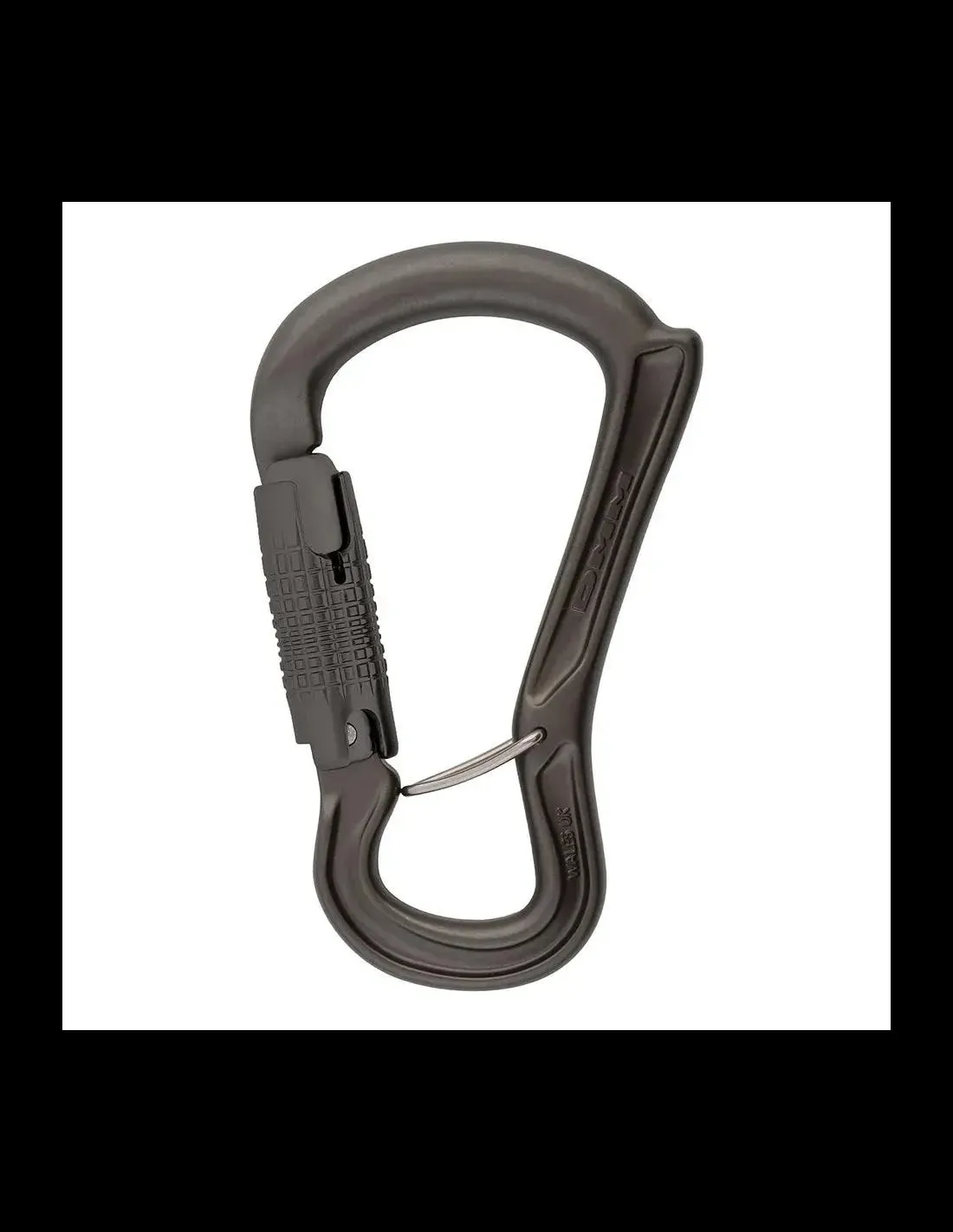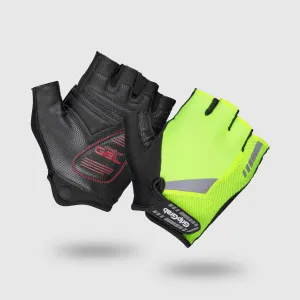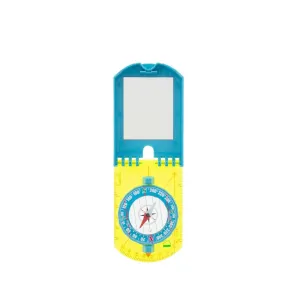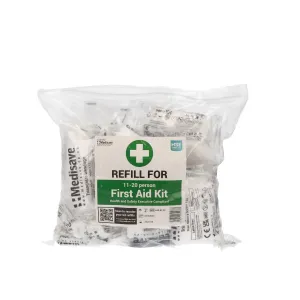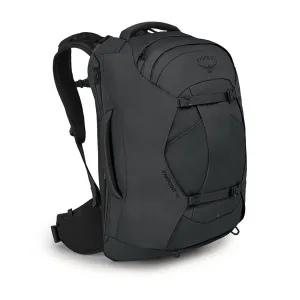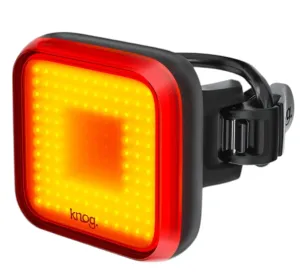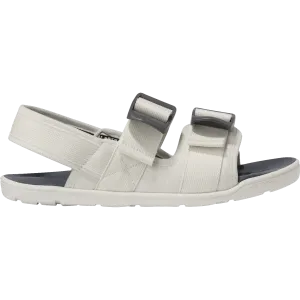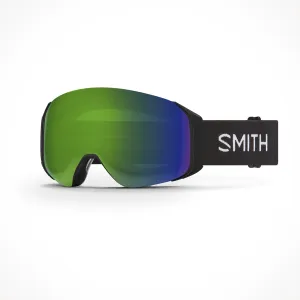As an evolution of the Rhino, Ceros minimises the risk of cross-loading. Easy to operate with one hand, and able to locate on the belay loop in a single movement, the Ceros is intuitive to use and simple to rack. Correct orientation is achieved with an internal wiregate that keeps the Ceros captive on a belay loop, and a horn which prevents assisted braking devices moving onto the carabiner’s spine. Full section top bar gives smooth rope control and resists wear.
FEATURES
- Belay carabiner for consistent rope control and compatibility with rope
control devices - Downward opening internal wiregate enables secure attachment to belay
loop and optimum orientation when belaying - Keylock nose eliminates snagging
- I-Beam construction for optimum strength to weight ratio
- Full section top bar for consistent rope handling and increased
longevity - The ‘horn’ on top of the Ceros' spine helps prevent cross-loading the
carabiner. - Captive bar version allows installation in tamper proof systems
- Internal wire gate and/or captive bar aids in correct orientation on the end of lanyards or when installed on harness textile bridges.
- Captive bar version allows installation of an anchor ring in the basket
Locking gate types
Screwgate
Manual locking gate requiring screwing/unscrewing of the barrel to lock/unlock.
Kwiklock
Auto-locking gate requiring two distinct actions to open.
Locksafe
Auto-locking gate requiring three distinct actions to open.
Durolock
Auto-locking gate requiring four distinct operations to open. Force must be maintained throughout or the gate returns to safe (locked).
Kwiklock ANSI
Same gate action as Kwiklock but the connector is also required to exceed 16kN in minor axis, side load and gate face tests.
Locksafe ANSI
Same gate action as Locksafe but the connector is also required to exceed 16kN in minor axis, side load and gate face tests.

 Cart(
Cart(